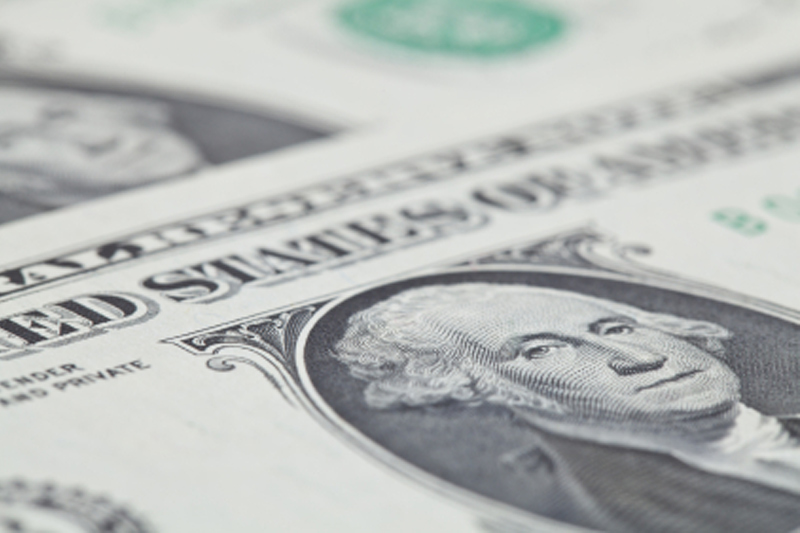Investing.com – The U.S. dollar rose to a four-month high on Tuesday as traders continued to position for the new Trump administration and a more restrictive Federal Reserve.
At 04:00 ET (09:00 GMT), the Dollar Index, which tracks the greenback against a basket of six other currencies, was trading 0.3% higher at 105.740, its highest level since early July.
Trump trade boosts the dollar
The dollar was in demand for much of last week as traders continued to pile into trades seen as benefiting Donald Trump’s incoming administration.
The Republican Party will likely control both houses of Congress when Trump takes office in January, which would make it easier for him to push through an agenda of tax cuts while introducing potentially inflationary tariffs and immigration policies.
This has pushed the market down the odds of a Federal Reserve rate cut in December by a quarter point to about 69%, down from nearly 80% a week ago, according to CME Group’s (NASDAQ:) FedWatch Tool.
“A narrative is emerging that unlike 2016, when Donald Trump was unprepared for office, this time he plans to start in January,” ING analysts said in a note.
“To some extent, this supports the expansion of Trump dealings at this time and tends to undermine the investment thesis that it will take his administration a year to undertake major initiatives – as was the case in 2017.”
The euro faces further losses
In Europe, it fell 0.3% to 1.0623, with trading in the single currency near its lowest point in almost seven months, as traders reacted to the incoming US administration and regional economic weakness.
Trump has warned that the euro bloc “will pay a heavy price” for not buying enough US exports, raising the possibility of a trade war with a region already struggling economically.
harmonized to compare with other European Union countries, rose to 2.4% in October, confirming preliminary data, after rising by 1.8% year-on-year in September.
Although European Central Bank policymakers would not want inflation in the eurozone’s largest economy to rise above the 2% target again, this is unlikely to stop monetary policy easing by the end of the year will stop again.
The shared currency is also feeling added pressure from political uncertainty in the bloc’s largest economy, Germany.
“EUR/USD looks set to test 1.0600, below which our year-end target of 1.05 beckons,” ING said.
fell 0.4% to 1.2814, after a bigger-than-expected rise in September, data showed on Tuesday, rising to 4.3% in the three months to September, from 4.0% in the three months until August.
After last week’s interest rate cut, there have been signs of a cooling labor market for the second time this year.
BoE Governor Andrew Bailey will deliver a major Mansion House speech on Thursday as traders look for guidance on monetary policy in the wake of the Labor government’s expansionary budget.
The yuan falls to the lowest level in three months
rose 0.3% to 7.2375, with the yuan weakening and falling to its lowest level in three months after Beijing’s latest round of fiscal measures largely failed to impress, especially as China faces mounting economic pressure from a government -Trump.
rose 0.2% to 153.94 and remained close to recent three-month highs, leaving traders wary of possible government intervention.
The Japanese currency has suffered from increased political uncertainty in Japan after the country’s ruling Liberal Democratic Party lost its majority in parliament last month, adding to uncertainty over when the BOJ will further raise rates.


